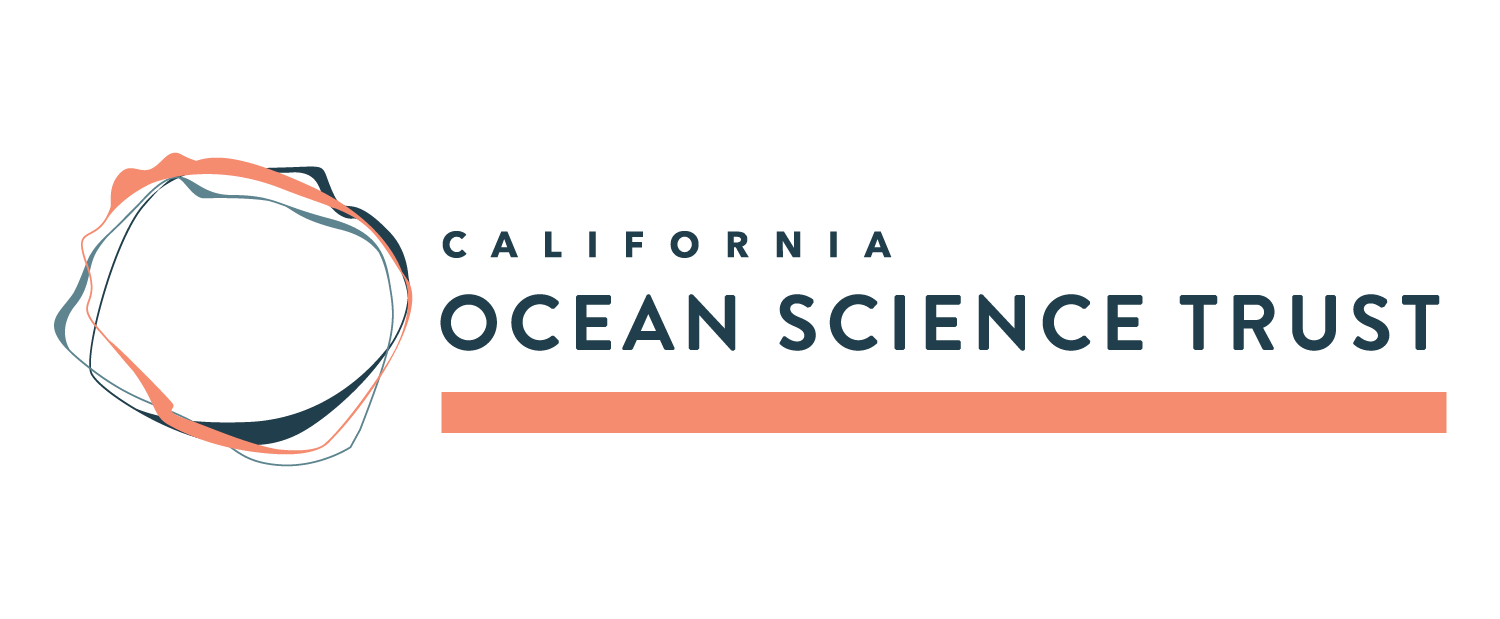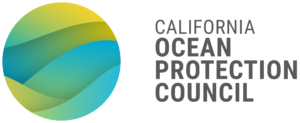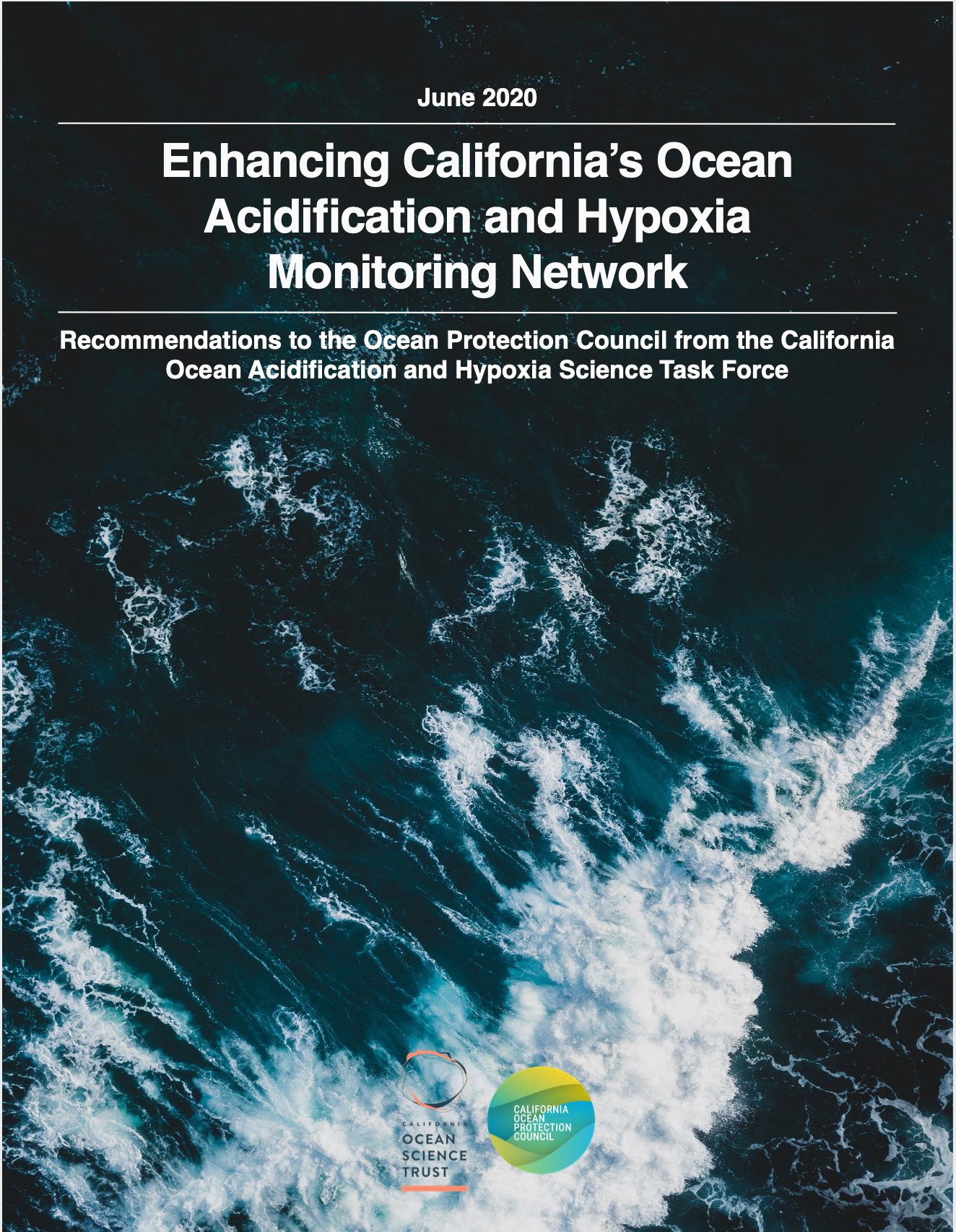Recommendations for Enhancing California's OAH Monitoring Network
California is interested in understanding the gaps in current OAH monitoring and how monitoring efforts can better address management needs as it relates to understanding OAH trends and impacts and assessing the effect of any regulatory and/or management actions. To this end, the OAH Science Task Force has conducted a decision-focus gaps analysis of California’s OAH monitoring inventory assets, evaluating how existing and proposed future assets could be integrated and managed to fulfill decision-making needs.
Background: Management Context and Need: In 2016, the West Coast OAH Science Panel (the West Coast Panel) issued a series of recommendations, including the need for a comprehensive OAH monitoring network. To lay the groundwork for a sustainable and adaptive monitoring network, the West Coast Panel recommended that West Coast states work together to complete two foundational tasks: (1) inventory existing monitoring resources and capacity, and (2) analyze gaps between existing monitoring efforts and management needs, known as a gaps analysis. These recommendations have been codified by the California Ocean Protection Council (OPC) into the State of California Ocean Acidification Action Plan (Action Plan), which explicitly calls for targeted investments in a monitoring and observation system that is optimized to deliver decision-relevant information to managers and other end users. In response to the Panel’s recommendations, the OPC partnered with the other west coast States and the federal Interagency Working Group on Ocean Acidification (IWG-OA) to build a comprehensive inventory of relevant OAH field monitoring efforts along the West Coast. The inventory, completed in 2018, has been incorporated into a geospatial map that includes records from over 125 participants describing over 200 OAH monitoring projects, from Alaska to Baja California. Following the completion of the West Coast OAH monitoring inventory, the OPC charged the California Ocean Acidification and Hypoxia Science Task Force (Task Force) with conducting decision-focused comprehensive gaps analysis of California's OAH monitoring inventory assets.
In the report "Enhancing California’s Ocean Acidification and Hypoxia Monitoring Network", the OAH Science Task Force develops three primary recommendations that could help enhance California’s OAH monitoring network:
- Better connect chemical and biological monitoring
- Continuously improve OAH models as decision-support tools via the collection of additional monitoring data
- Strengthen continuity of OAH monitoring programs across California’s coastal environments
Report now available! Download it here



